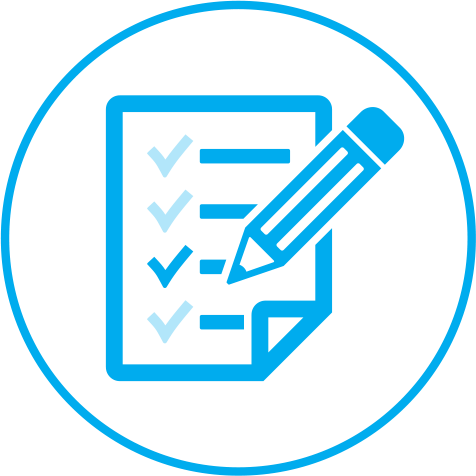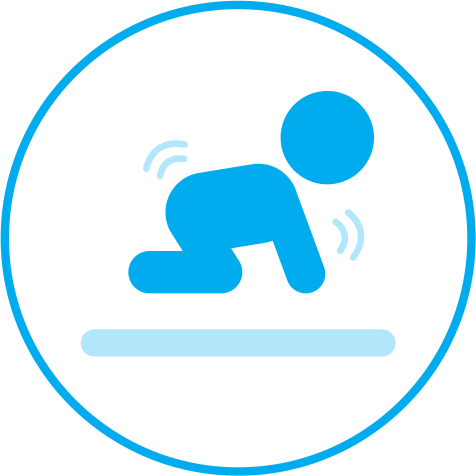Red Flags for Autism
There is no greater joy than watching your baby develop as a little person, hearing them laugh and babble, and seeing them explore their surroundings.
Some babies take a little longer than others to achieve expected milestones, from crawling to feeding themselves, and that’s not necessarily a problem; children develop at their own pace.
But there are specific behaviors that can be indicative of a developmental disability such as autism. Autism can be difficult to diagnose because the symptoms and severity are different for every child. There are a broad range of conditions within the autism spectrum that can impair a child’s development and have lifelong effects on their ability to thrive in our complex world.
According to The Centers for Disease Control and Prevention (CDC), “Autism is four to five times more common among boys than girls and 1 in 59 American children are on the autism spectrum.” It is important to monitor your child’s developmental milestones and bring up any concerns to your child’s pediatrician.
Could your child have autism? Review the warning signs to learn more about the red flags for autism
- Children with autism may exhibit delays in developing speech and language skills, and inability to understand meaningful nonverbal communication. There may be a problem if:
- By 12 months, there is no babbling or “baby talk.”
- By 16 months, your baby has not spoken a word.
- By age 2, there have been no meaningful two-word phrases.
- Your child is displaying jargon speech (made-up language), or is imitating what caregivers say, and repeating it over and over.
- Your baby has poor eye contact and won’t look at you when you are feeding him or her or smiling at him or her.
- Your baby seems unable to understand or use hand gestures, including pointing and waving.
- Your baby does not imitate anyone else’s movement and does not seem to notice other people’s facial expressions.
- Your baby does not seem to recognize or respond to their name being called.
- Children with autism tend to lack social understanding and interest in interaction. They may:
- Appear disinterested or unaware of those around them.
- Not know how to connect with others, seek out play, or make friends, or how to establish or maintain age-appropriate relationships.
- Not show enthusiasm/enjoyment during interactions or do not display shared enjoyment.
- Display aggression toward others.
- Children with autism may exhibit rigidity, inflexibility and certain types of repetitive behavior such as:
- Insistence on following a specific routine.
- Having difficulty accepting changes in the schedule.
- A strong preoccupation with a particular interest.
- Having an unusual attachment to a toy or other object.
- Lining up or arranging items in a certain order.
- Repeating the same actions or movements over and over again.
- Examining objects closely or from the corner of the eye.
- Fascination with spinning objects and his or her reflection in the mirror.
- Rocking, hand-flapping, twirling and finger-flicking.
- Self-directed aggression, such as head-banging.
- Children with certain types of autism also have a sensory hypersensitivity that is shown by:
- Resistance to touch and cuddling – your baby doesn’t reach out to be picked up.
- Unusual reactions to light, taste, smells, textures, and sounds.
- Hypersensitivity to loud noise.
If you recognize any of these behaviors, know that there’s no need to despair. An early diagnosis and specialized treatment can help.
If you believe your child may need care and you aren’t sure where to start, call us at 833.227.3454, email us at [email protected], or visit our website to Request a Consultation.
About the Author
Dr. Roxana Rabadi is a clinical psychologist who specializes in diagnosing and working with children and adults with autism and related developmental disorders.
Evaluation and diagnostics – also known as psychodiagnostics – is the first step necessary to diagnose and clarify concerns regarding behavior, personality traits, mood, emotional functioning,
and cognitive processes.
Our infant development and early intervention program helps babies and toddlers with developmental delays or disabilities learn key skills that typically develop very early in life. Early intervention can contribute to a child’s success at home, in school, the workplace, and community — and can make a positive impact on a child’s development and accomplishments well into adulthood.




